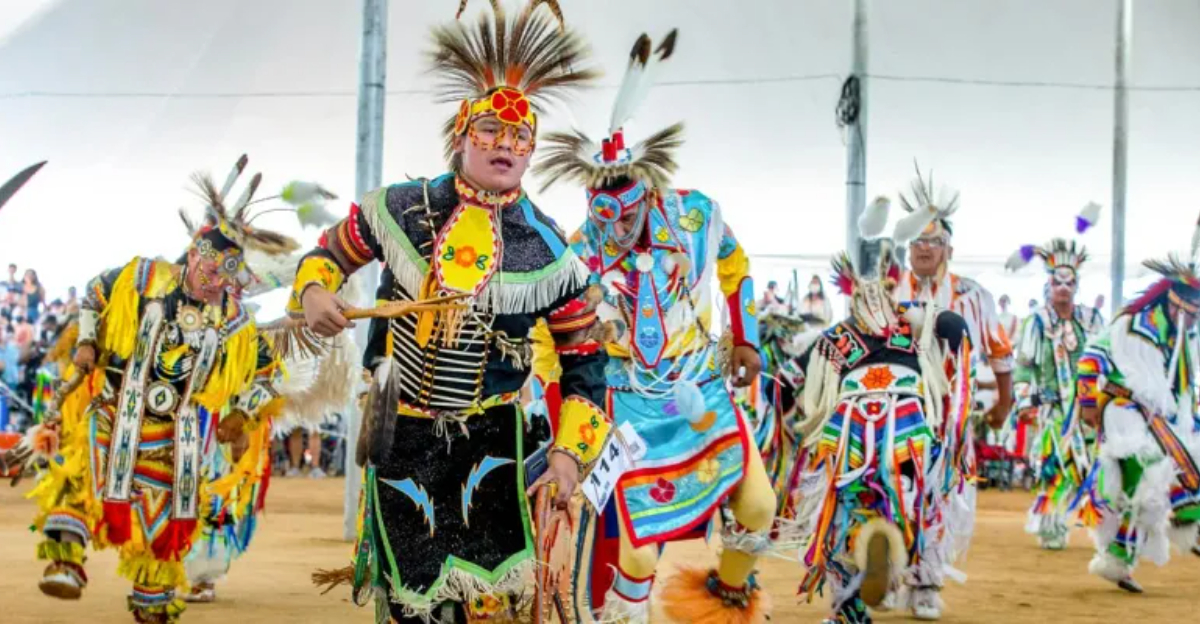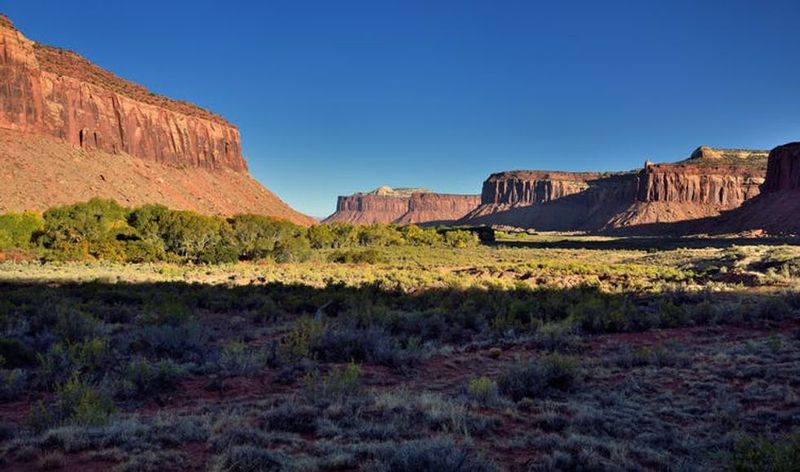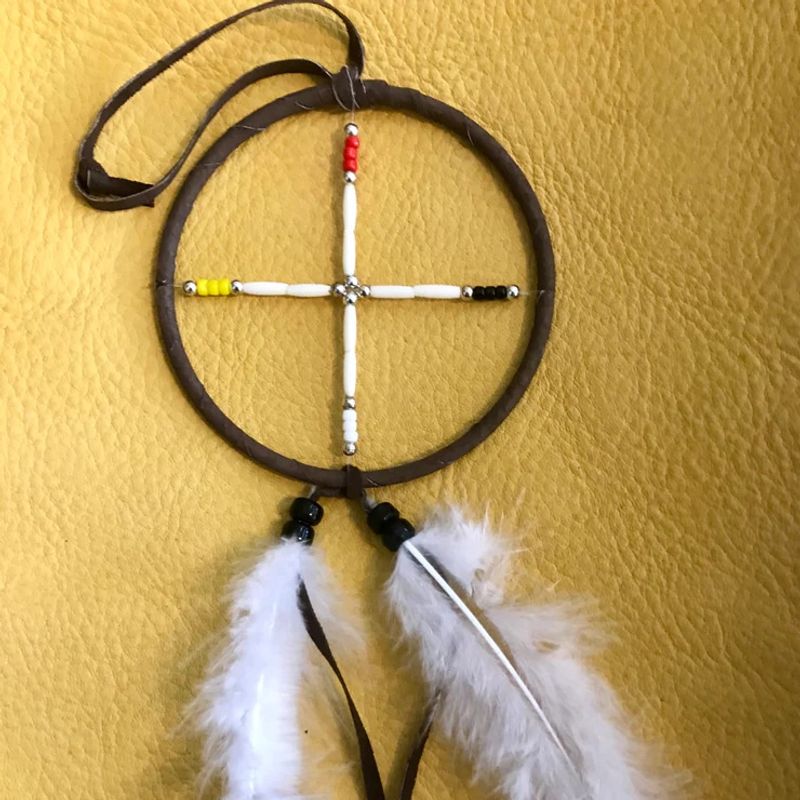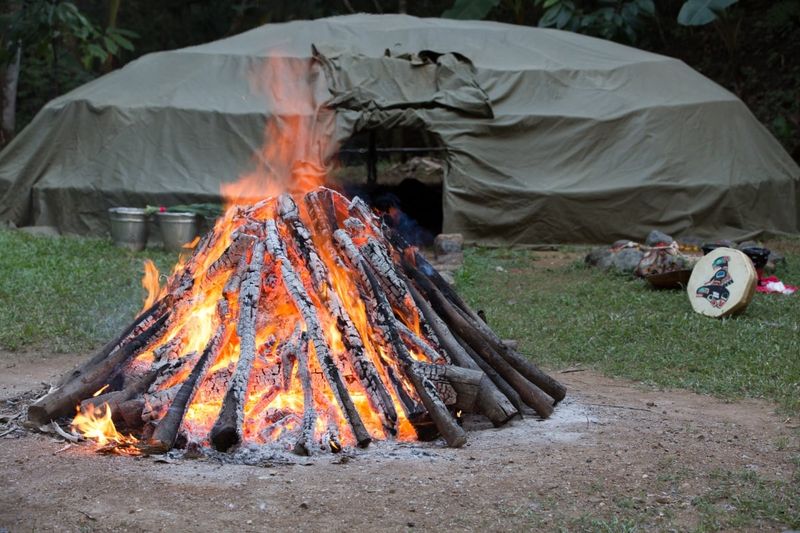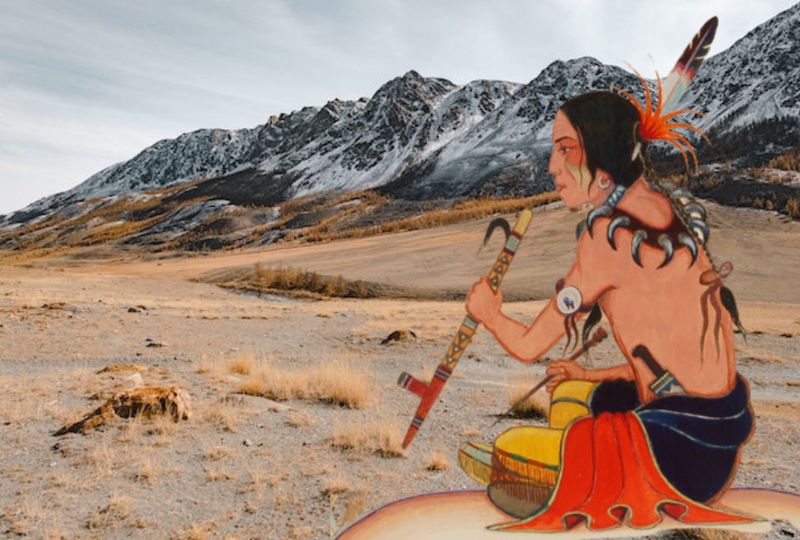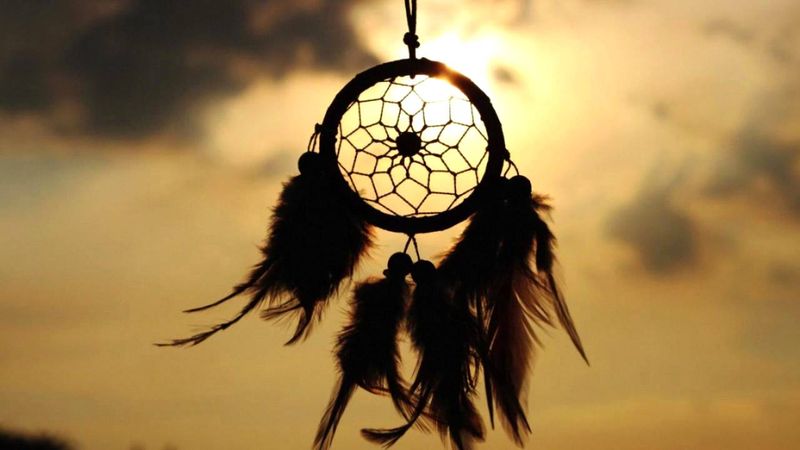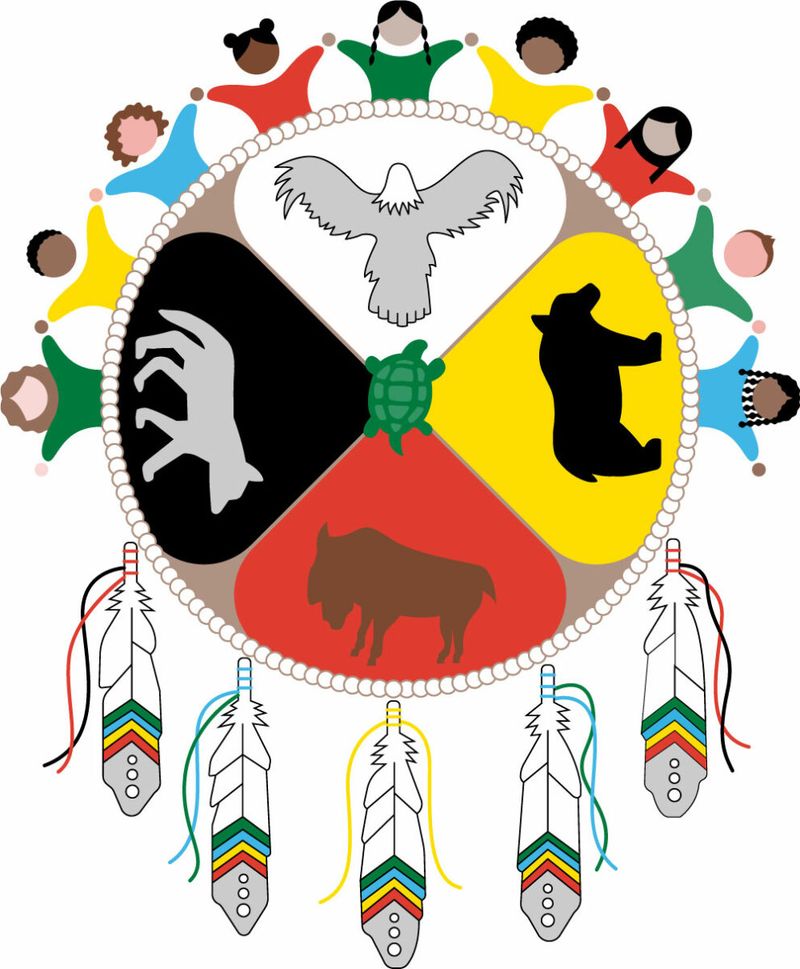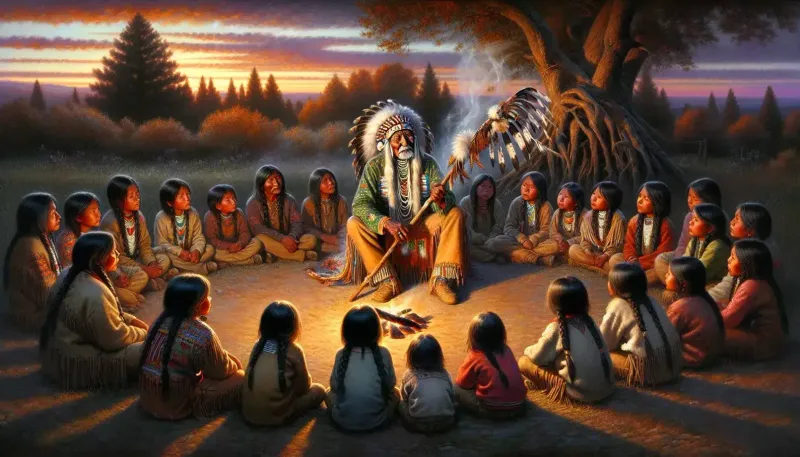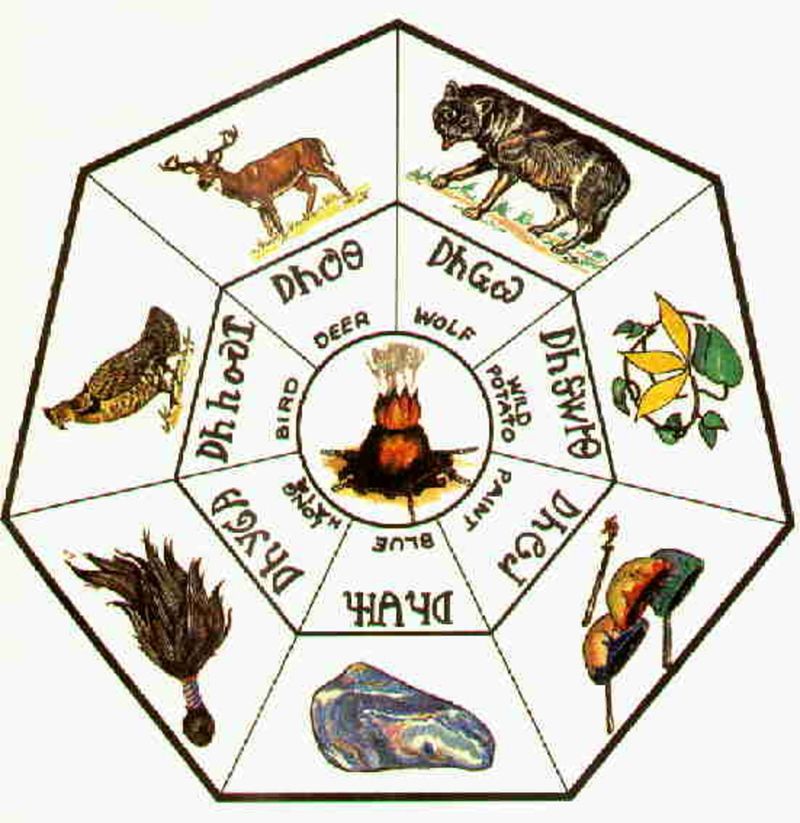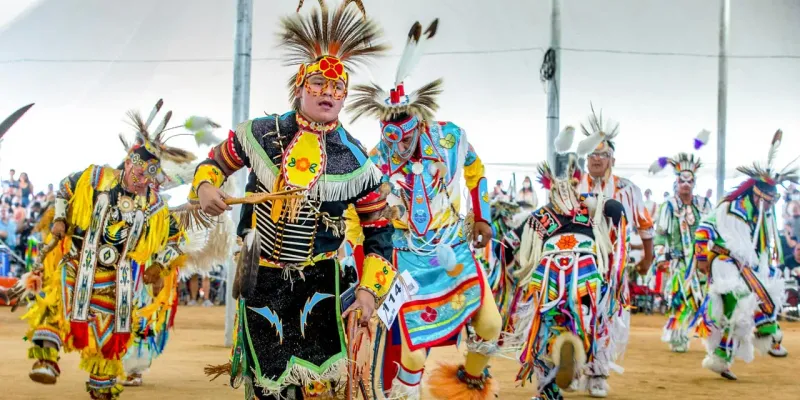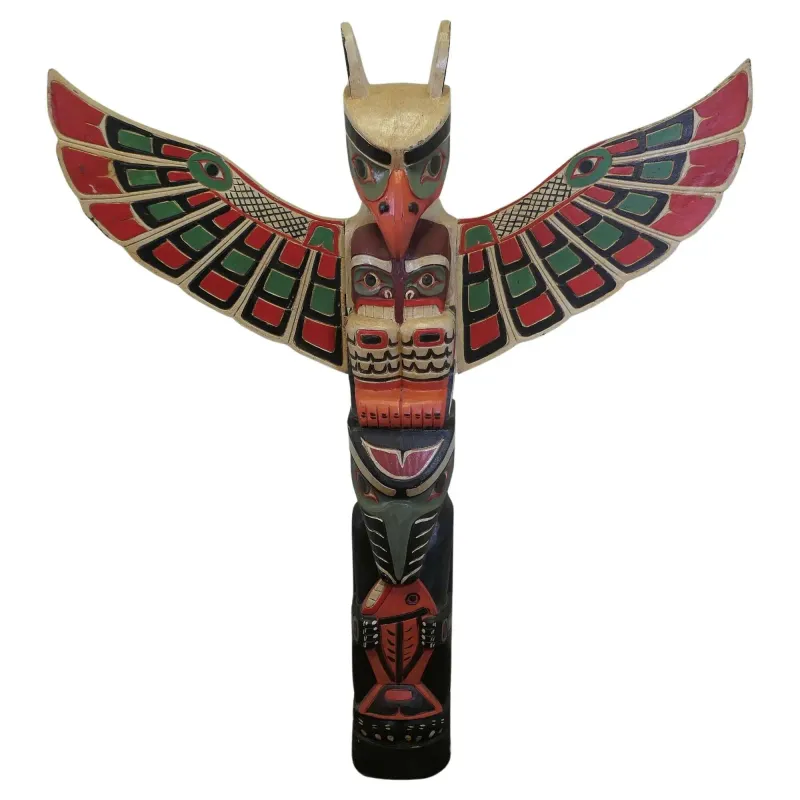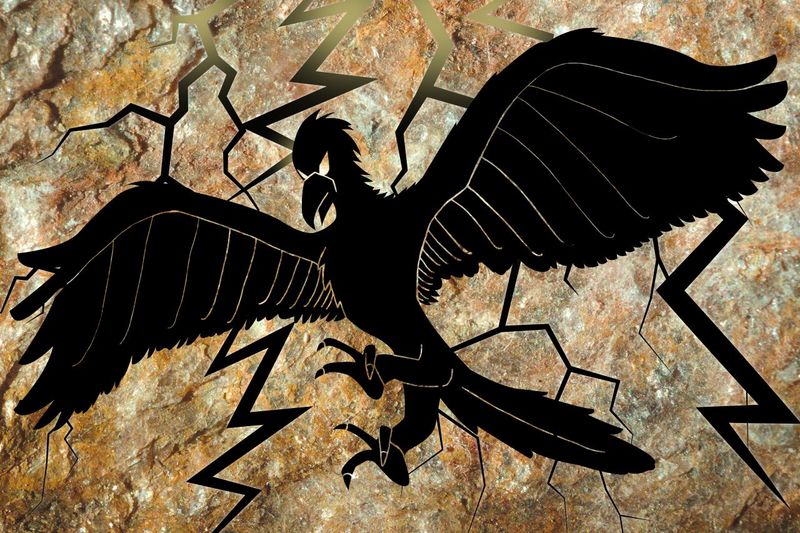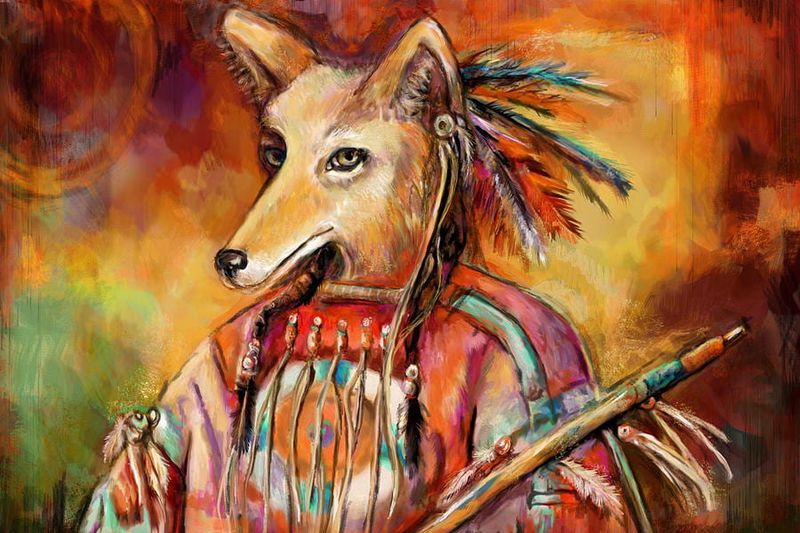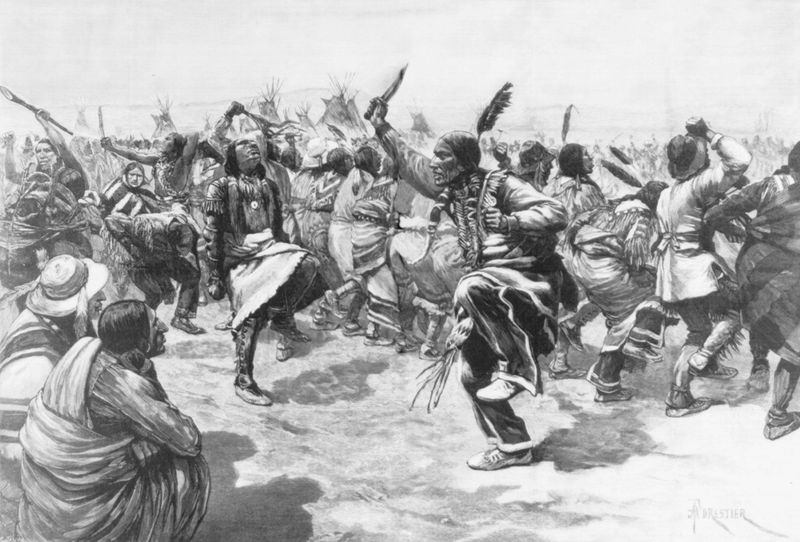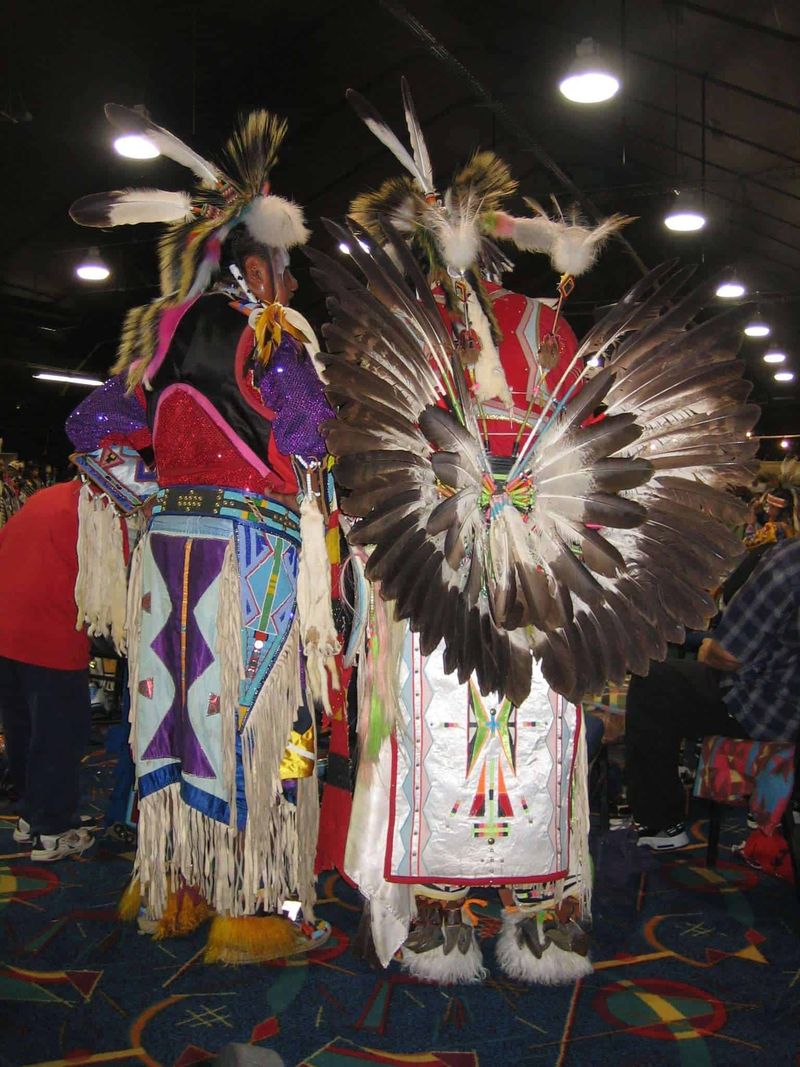Native American spirituality is a rich tapestry of beliefs and practices that have endured the test of time, often facing suppression but still thriving today. This post explores 15 enduring Native American beliefs that continue to influence and inspire countless individuals and communities. From the sacred connection to the Earth to the resilient spirit of cultural practices, these beliefs have not only survived but also flourished in the modern world.
1. The Sacredness of Land
Native Americans perceved the land not as a mere possession but as a beloved family member. This belief transforms the environment into a living relative, fostering a deep bond between people and nature. It is this perspective that underpins modern movements to reclaim ancestral lands and drives environmental activism.
These efforts reflect an enduring respect and reverence for the Earth, emphasizing stewardship over ownership. The land becomes a source of identity and spiritual nourishment. Such a worldview nurtures a sustainable approach to interacting with the natural world, cherishing it as a vital part of human existence.
2. The Medicine Wheel
This is the Medicine Wheel, a powerful emblem of balance and harmony. Throughout history, the Medicine Wheel has guided healing ceremonies, offering a roadmap to personal wholeness. It stands as a testament to the interconnectedness of all life aspects. Today, it continues to be a vital tool in spiritual teachings and practices, reminding us to seek equilibrium in all areas of our lives. Its timeless wisdom resonates across generations.
3. The Three Sisters (Corn, Beans, Squash)
This trio, known as the Three Sisters, exemplifies harmony and interdependence. Corn provides support, beans enrich the soil, and squash offers ground cover, creating a thriving ecosystem.
This agricultural practice embodies community and cooperation, principles that extend to human relationships. Even today, many Indigenous communities cultivate these crops together, honoring tradition while promoting resilience and sustainability. The Three Sisters serve as a living metaphor for balance and unity, reflecting core values in native cultures.
4. Sweat Lodge Ceremonies
In a small, dome-shaped structure, heat envelops participants as they engage in prayer and song. Sweat Lodge Ceremonies offer a path to purification, cleansing both body and spirit. Despite past prohibitions by colonial powers, this spiritual practice endures.
The sweat lodge embodies resilience, reflecting a commitment to spiritual growth and community healing. Participants emerge with renewed clarity and a deeper connection to the divine. As a testament to cultural perseverance, sweat lodges remain a powerful tool for restoration and reflection, offering sanctuary from the chaos of modern life.
5. Vision Quests
Embarking on a Vision Quest involves venturing into solitude, often in the wilderness, to seek spiritual insight. This rite of passage remains a cornerstone in numerous Native American cultures, offering profound personal transformation.
During this journey, individuals confront their fears and desires, emerging with a clearer sense of purpose and direction. Vision Quests foster a sacred connection with nature, emphasizing introspection and renewal. The experience embodies a timeless quest for understanding, bridging the tangible and spiritual realms. Its enduring legacy speaks to humanity’s innate desire for meaning and enlightenment.
6. Dreamcatchers
Dreamcatchers, with their intricate webs, serve as guardians of sleep. Filtering out nightmares, they allow only positive dreams to pass through. Originating from Native American cultures, these objects now symbolize resilience worldwide.
Adorned with feathers and beads, dreamcatchers are both decorative and deeply meaningful. They reflect a protective spirit, offering comfort and hope during the night. As a cultural icon, the dreamcatcher weaves tradition, art, and spirit into a single tapestry. Its universal appeal underscores the enduring power of Native American symbolism, transcending cultural boundaries to inspire hope and tranquility.
7. The Four Directions (East, South, West, North)
The Four Directions hold sacred teachings, guiding prayers, dances, and stories across Native American cultures.
Each direction embodies specific qualities and elements, contributing to a holistic understanding of the universe. In ceremonies, the Four Directions invoke blessings and balance, fostering a connection with the cosmos. This practice underscores an appreciation for life’s cyclical nature, encouraging harmony with the natural world. As a spiritual compass, the Four Directions continue to guide seekers toward enlightenment and understanding.
8. Oral Storytelling
Oral Storytelling is a cornerstone of Native American heritage, preserving traditions and knowledge through the spoken word.
Despite pressures to adopt written language, many tribes maintain these vibrant oral traditions. They serve as living libraries, where history and law are narrated with passion and precision. This storytelling tradition fosters community, ensuring that wisdom is shared and cherished. With each story told, a connection to ancestry and identity is strengthened, celebrating the enduring power of voice and memory.
9. Clan Systems
Clan Systems, whether matrilineal or patrilineal, shape identity and relationships in many Native American societies.
These systems govern kinship, influencing everything from leadership to marriage. They provide a sense of belonging and continuity, connecting individuals to a larger community. Today, clans remain integral to cultural identity, helping preserve traditions in nations like the Cherokee and Hopi. As guardians of heritage, clan systems ensure that cultural narratives endure, offering a sense of place and purpose within the community.
10. Powwows
Powwows burst with color and energy, uniting tribes in celebration of dance, song, and cultural pride. These gatherings serve as vital expressions of identity, resilience, and community.
Participants don traditional regalia, their movements synchronized with the rhythm of drums. Powwows inspire both joy and reflection, providing a space for cultural exchange and preservation. Despite historical challenges, these festivals flourish today, embodying the spirit of unity and continuity. They offer a living testament to the strength and vibrancy of Native American cultures, celebrating heritage with every beat and step.
11. Totem Animals
Totem Animals guide and protect, embodying spiritual truths in Native American traditions. Imagine a totem pole adorned with animal carvings, each symbolizing a unique spiritual message.
These animals offer wisdom and insight, serving as personal guides on life’s journey. Totem Animals remind individuals to honor their instincts and embrace their inner strengths. They connect the human spirit with the natural world, fostering respect and unity. Throughout generations, many continue to identify with personal totems, finding comfort and guidance in their symbolism. The enduring presence of Totem Animals underscores their deep spiritual resonance.
12. The Thunderbird
In the sky, a mighty Thunderbird spreads its wings, commanding the elements and shaping the weather. This mythical creature embodies power and majesty in Native American lore.
The Thunderbird represents strength and protection, a guardian spirit capable of great deeds. Its image often appears in Indigenous art and stories, symbolizing the awe-inspiring forces of nature. This legendary figure captures the imagination, serving as a reminder of the dynamic relationship between humans and the environment. The Thunderbird’s enduring legacy resonates in modern art and media, showcasing the timeless allure of mythical storytelling.
13. The Trickster (Coyote, Raven, Nanabozho)
The Trickster weaves chaos and wisdom into tales that captivate and instruct. Characters like Coyote, Raven, and Nanabozho embody this mischievous spirit, teaching through clever antics.
Trickster tales are rich with humor and insight, challenging conventions and sparking reflection. They reveal the complexities of human nature, encouraging adaptability and resilience. These stories endure in Native American storytelling, serving as vessels for cultural reflection and growth. The Trickster’s playful yet profound nature continues to inspire and entertain, reminding us of the transformative power of storytelling and creativity.
14. Ghost Dance Movement
The Ghost Dance, a prophetic movement born of hope and resistance, envisioned ancestral return and liberation. Through dance and ritual, it sought to restore balance and renew the spirit.
Despite suppression, the Ghost Dance’s essence persists, inspiring modern activism and resilience. It symbolizes the enduring fight for justice and the revival of cultural identity. The movement’s legacy lives on, reflecting a powerful call for solidarity and empowerment. As a testament to resistance, the Ghost Dance remains a poignant reminder of the transformative power of belief and collective action.
15. The Seventh Generation Principle
The Seventh Generation Principle urges consideration of how actions impact descendants, advocating long-term sustainability.
This principle guides Indigenous climate efforts, emphasizing foresight and responsibility. It underscores the interconnectedness of all life, promoting a legacy of stewardship and care. The principle’s wisdom resonates in modern policy and environmental activism, offering a framework for ethical decision-making. By prioritizing future generations, it champions a harmonious balance between human progress and environmental preservation. As a guiding philosophy, it inspires a sustainable and compassionate vision for the future.
